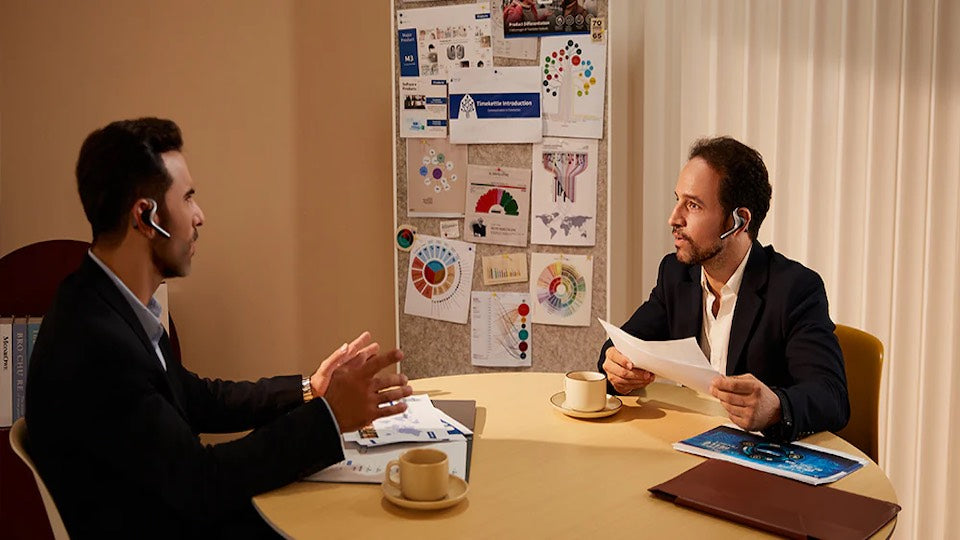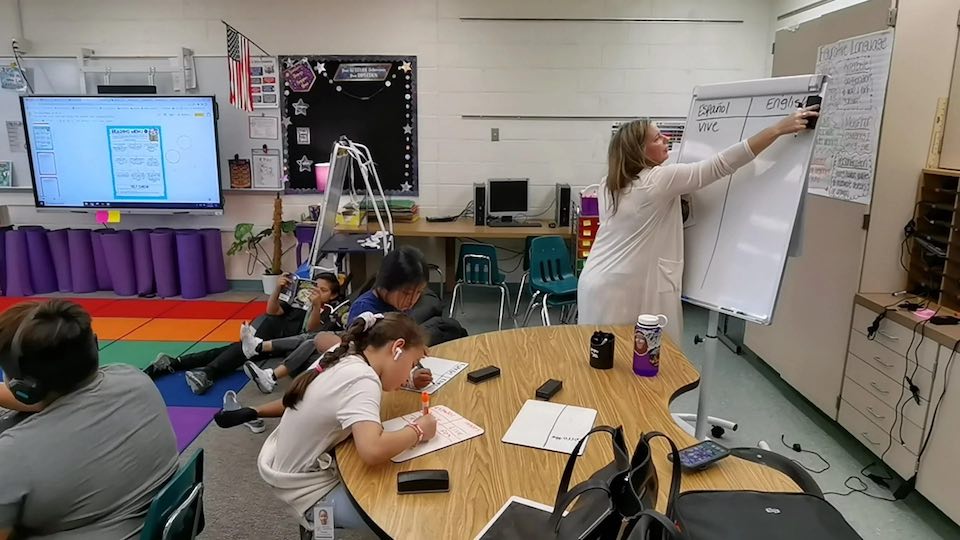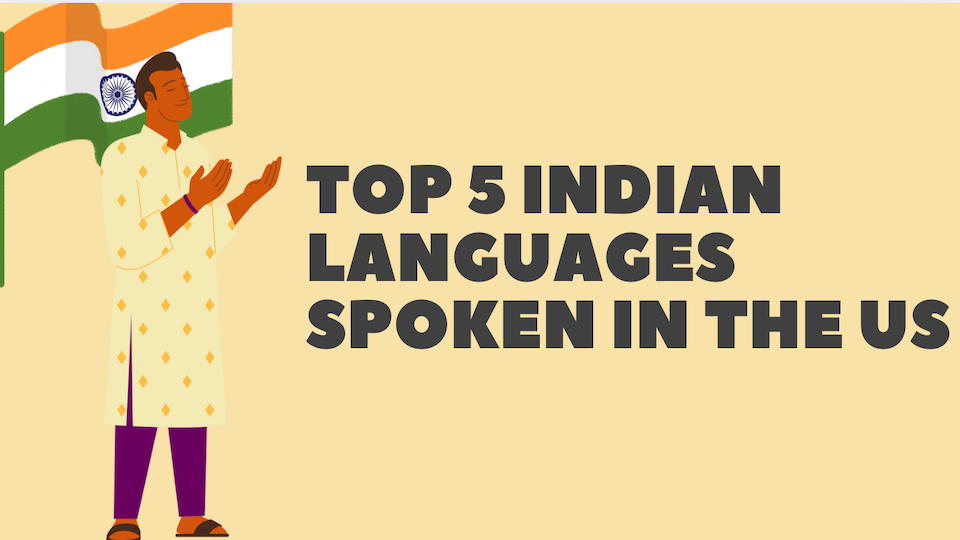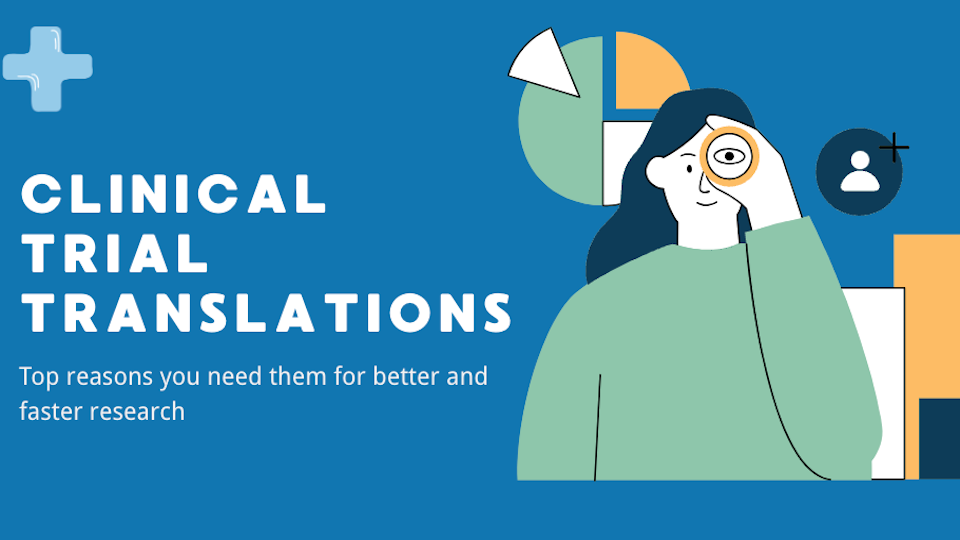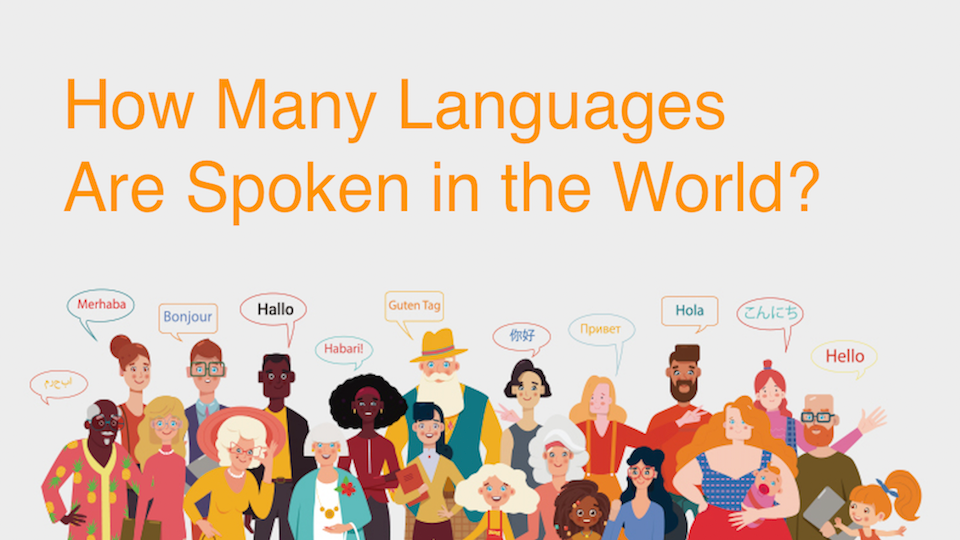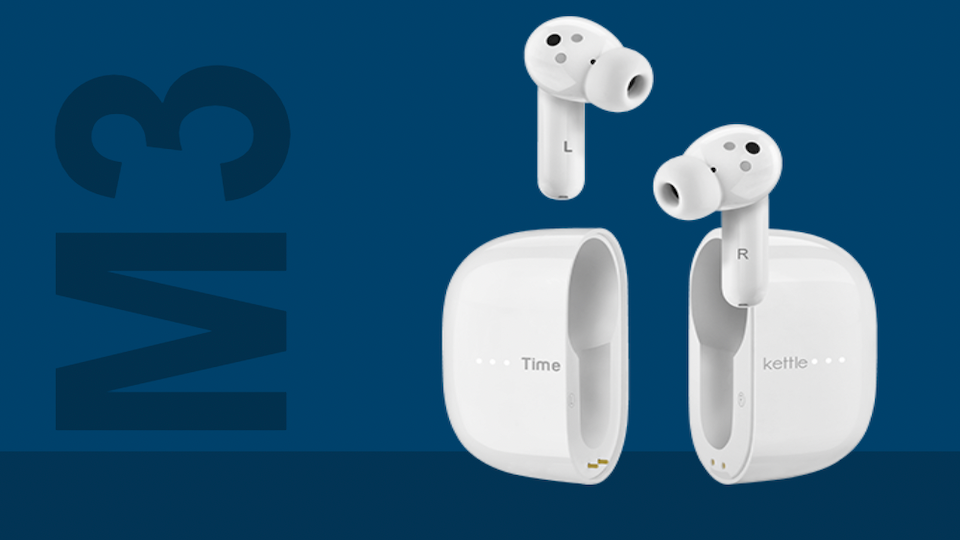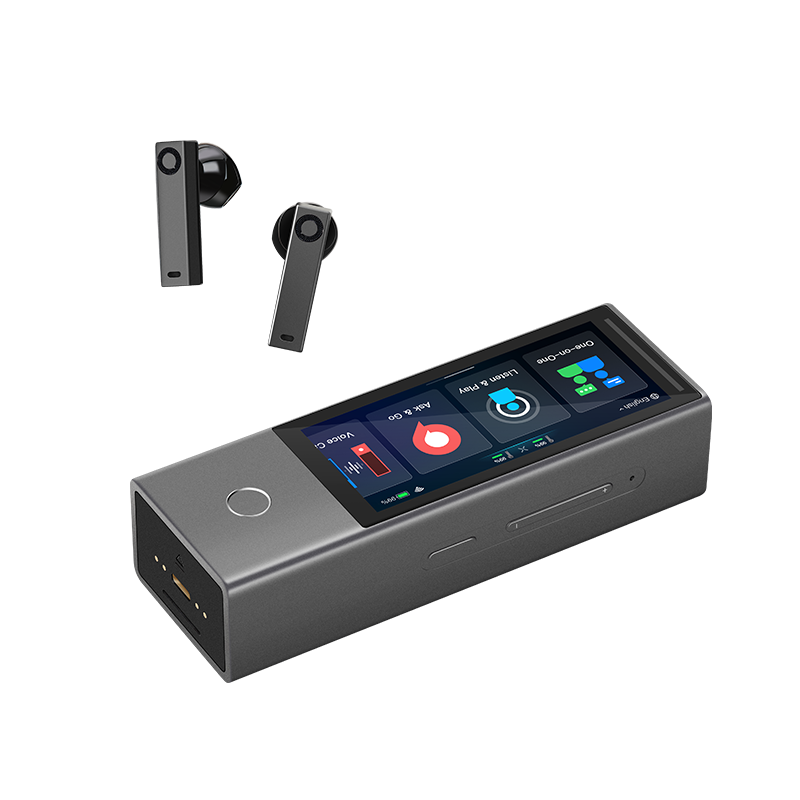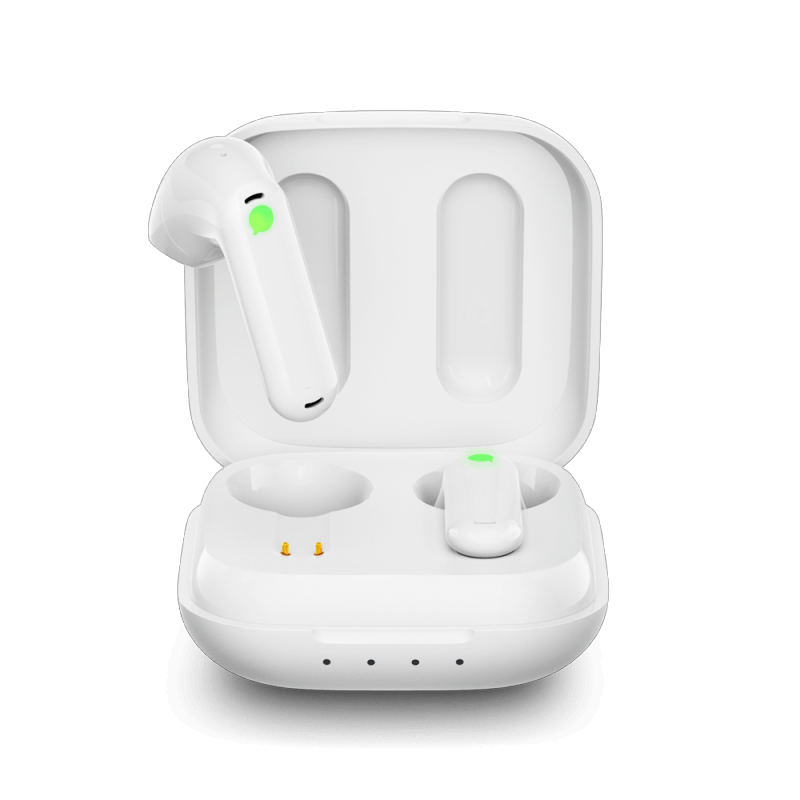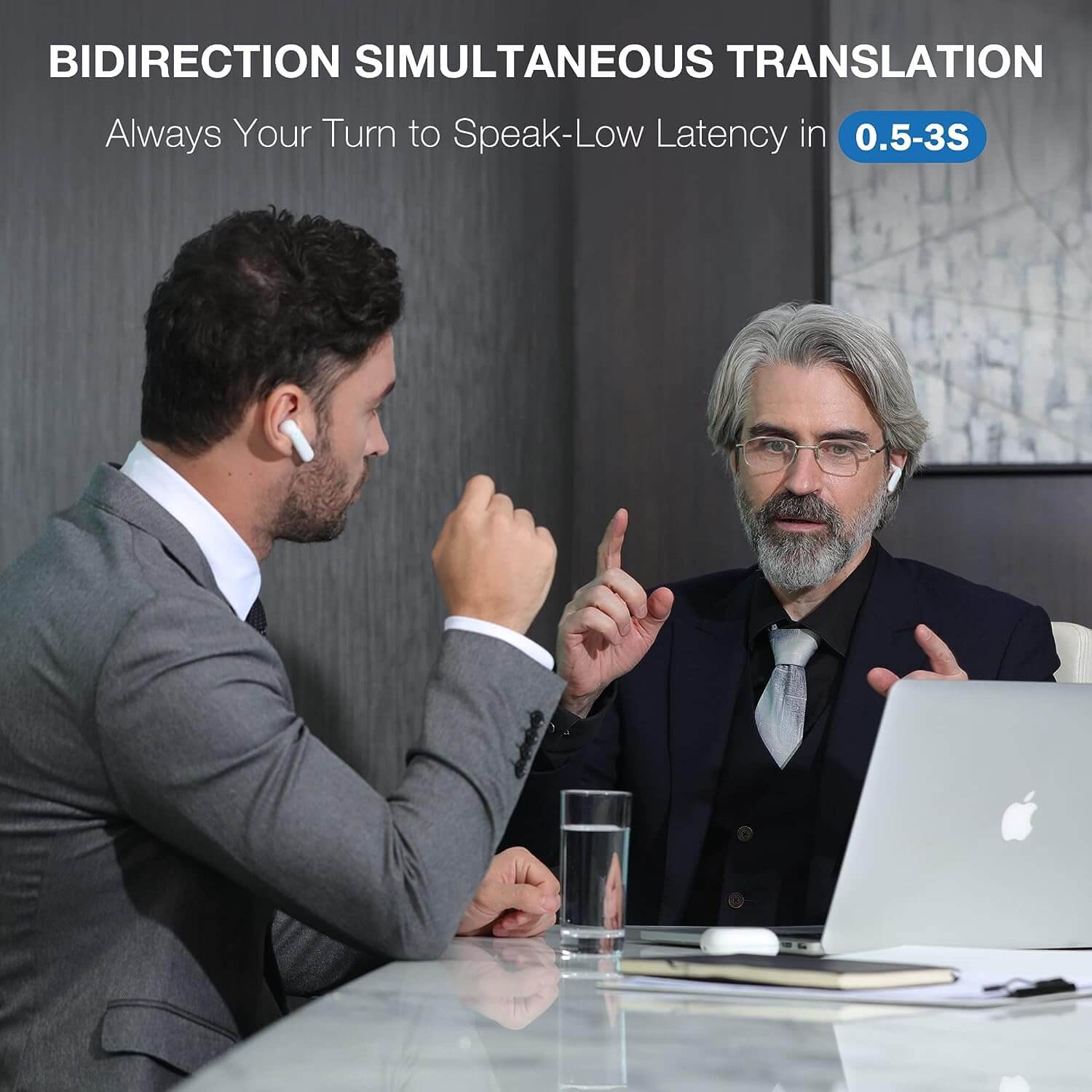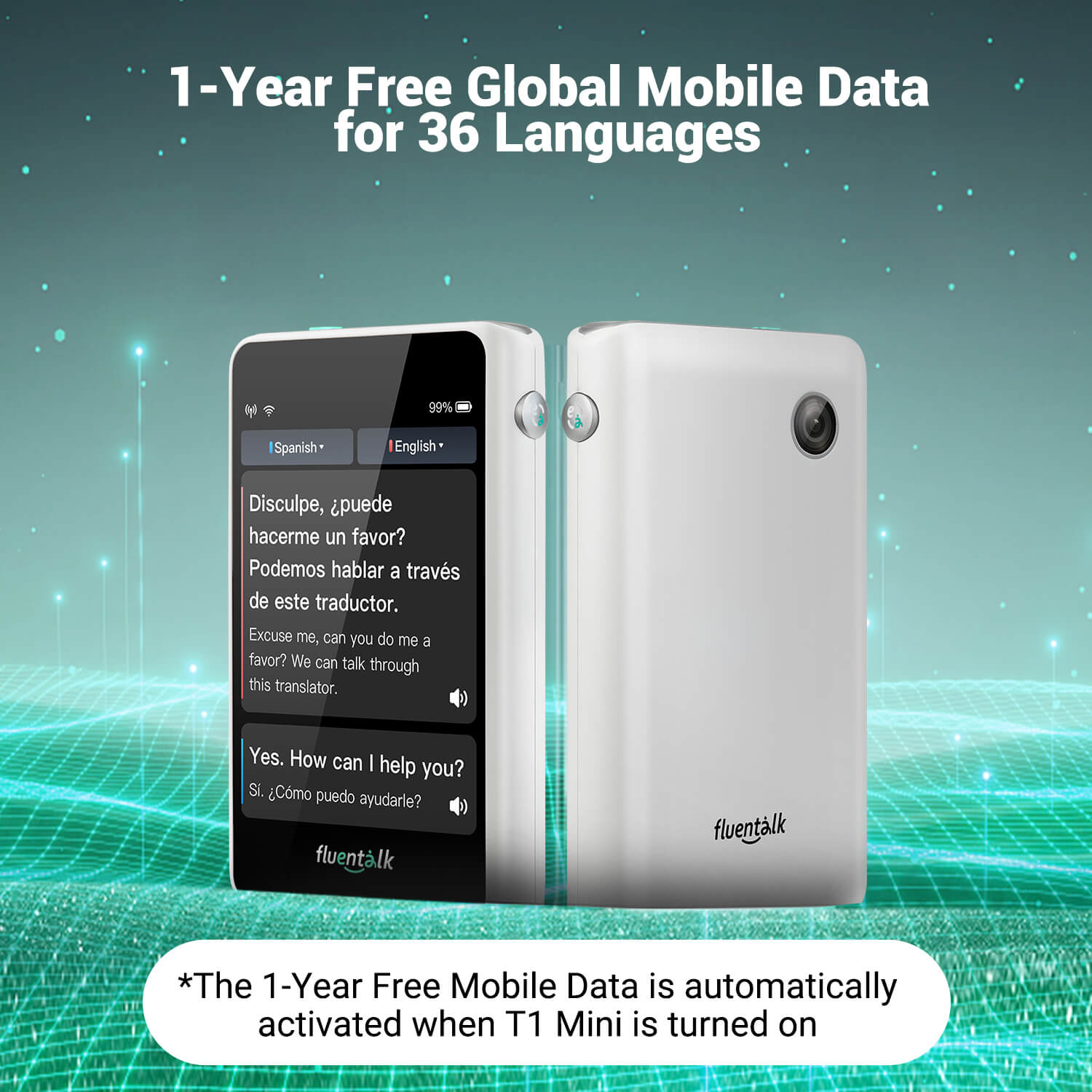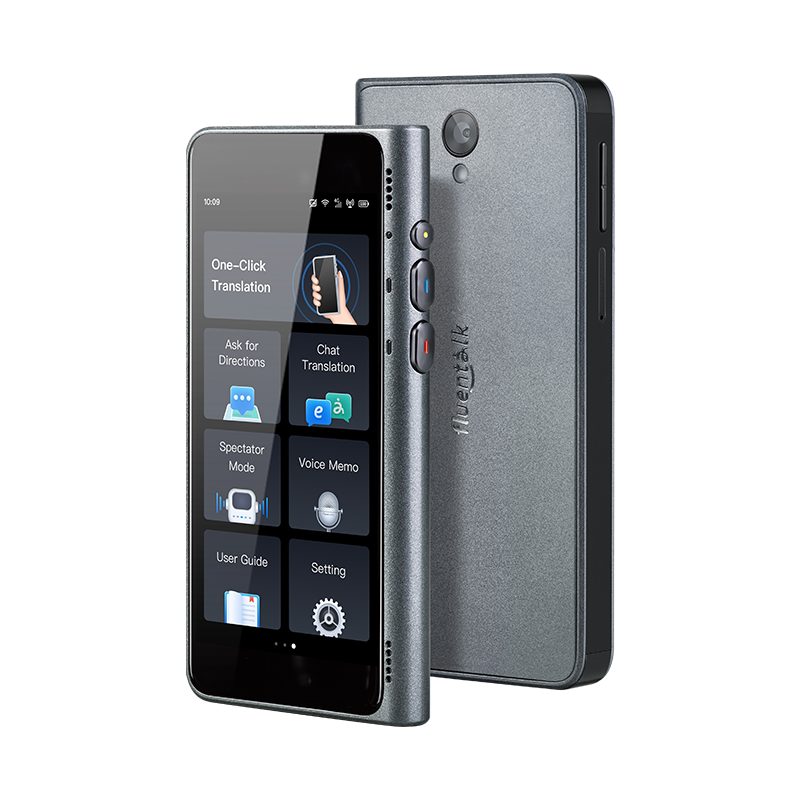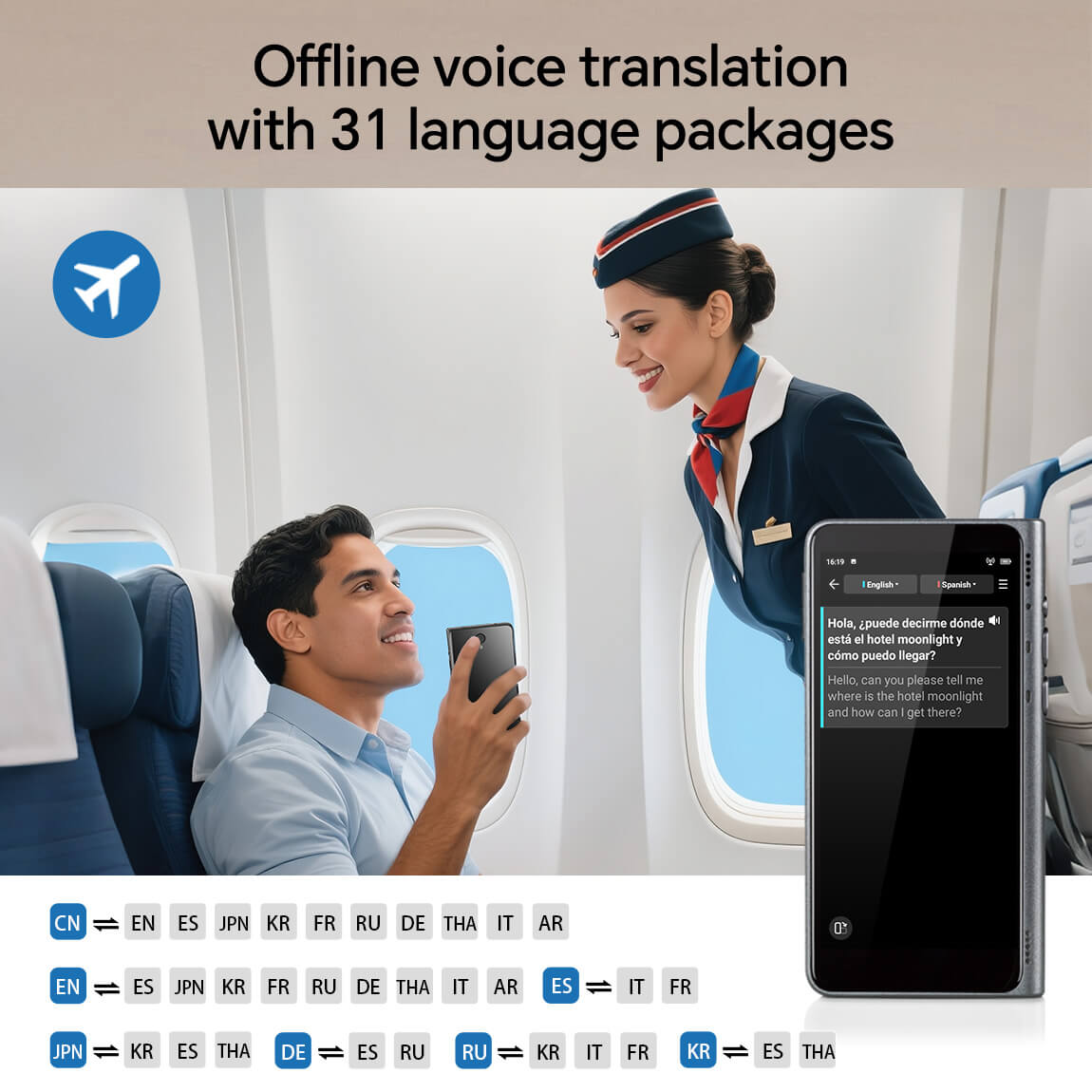
All You Need to Know About Timekettle
This is a story of why we make translation headsets and how we got all the way to where we are today.
You probably know us as the company that makes translation headsets. However, we committed to do more than just translator headsets, we aimed to change the way people communicate with each other.
It didn't all start with a grand business plan. It is more like an obsession, a romantic imagination from sci-fi fans: what if the misunderstandings, barriers, and conflicts caused by language differences could gradually disappear? Is it possible that even if we come from different countries and speak completely different languages, we can still speak and communicate naturally like friends?

The Starting Point: An Obsession with Communication
Many of us at Timekettle are science fiction fans—you can tell just by looking at the names of our meeting rooms: “Asimov”, “Three-Body”, “Black Mirror”. Even the name Timekettle comes from Asimov’s novel The End of Eternit, where a machine called the Timekettle could travel through time.
It sounds romantic, and in many ways, it is. But what we’re trying to do is actually very real.
Since we started Timekettle in 2016, we realized that if we really wanted to change the way we communicate across languages, we would have to solve a lot of problems that no one had ever solved before technically, product-wise, and even in terms of user education.
Why are "Translator Earbuds"?

Traditional translation tools “interrupt the conversation”. Like you say one sentence, I wait for the translation, and when it comes out, I say the next sentence. The whole communication becomes a kind of “turn-taking” rather than a natural dialog.
Our original idea was simple:
- What if we could move translation into earbuds?
- Could we achieve true real-time, speak-as-you-go translation?
- Could we make it feel like a regular conversation—where you can jump in, interrupt, and add thoughts freely, just like you would with a friend?
Inspired by Sci-Fi, Built with Real Tech
At first we also thought it was pretty simple: make a translation software, put in a Bluetooth headset. And it’s done, right?
But we soon realized the problem. Bluetooth earbuds in the market weren’t designed for interactive conversations. Even for binaural headsets, only one side of the microphone can be enabled when recording. This means that if you want to do the scene of "two people wearing one headset each to talk", it is impossible to realize it, and the voice of the other person cannot be transmitted at all.
We searched almost all solution providers, and they all said that it could not be done. This is not an AI problem, but a ICT problem.
And what we want to do is to have natural face-to-face communication between two strangers and two languages - just like you wear one headset and I wear one, and we look at each other and talk, without holding a mobile phone, pressing buttons, operating, and without any intervention. So we decided to do it ourselves. At that time, we were a small team of less than 10 people, and we solved the problems of Bluetooth communication, voice recognition, and multi-language synchronization from scratch. We thought we could make a product in three months, but it took us a year and a half to make the first generation. That was our first step.
Our Goal: To Make Translation Feel as Natural as No Translation at All
Many people ask, what is the difference between Timekettle's products and other translation software? How accurate is Timekettle?
This is a really good question, and to answer it, just like Timekettle CEO Leal said: “What I want to say is that we are not 'adding a translation function.' We are creating a new way of communication. Traditional translation, like when you are using a traditional translation app, the entire communication process interrupts the rhythm of the conversation — especially in terms of emotions, tone, and context. It is difficult to convey accurately. But thinking about communicate just like speaking your mother tongue: when you speak, the other party hears the translation almost synchronously; you can interrupt, laugh without waiting for the 'translation to end'; even in the future, it can recognize emotions and understand context, and achieve true 'free translation.'”

This is our original intention for designing Timekettle Babel OS: to introduce large language model (LLM) capabilities into translation, so that the machine can not only understand the literal meaning, but also understand the "voice behind the words".
What Keeps Us Going are the Stories From Our Users
After the product launched, we received feedback from users all around the world. Some of their stories truly touched us:
After using Timekettle’s translation earbuds, communication between the Japanese prosthetics team and the Chinese athletes became much smoother, allowing for more effective rehabilitation and a stronger emotional connection.
A priest in the U.S. used our earbuds during church services so that his Spanish-speaking congregation from Mexico, who didn’t understand English, could follow his sermons. He told us, “Your product helps bring people together.”
In that moment, we realized that translation has never just been about technology — it’s about building understanding. It’s about connecting people.
Right Now, We’re at a Turning Point in the Evolution of AI Simultaneous Interpreting
In the past, translation was "you say one sentence and I translate one sentence", but what we have achieved today is two-way simultaneous interpretation. When you speak, the other party can hear the translation in real time; you don't need to stop and wait for it to finish, nor do you need to click to operate.
We named this system Babel OS, inspired by the "Tower of Babel" - the story of God confusing human language. What we want to do is the opposite: let the world understand each other.
We also use the concept of “autonomous driving levels” to illustrate the evolution of translation technology:
- L1: Text-based translation
- L2: Voice translation (sentence by sentence)
- L3: What we’re doing now — real-time, two-way voice interpretation
- L4: Context-aware, emotion- and tone-sensitive translation — true semantic interpretation
- L5: Multimodal understanding, proactive suggestions, and capabilities beyond human level
We are now working hard to move from L3 to L4. In the past, machines failed to understand the essence of human language in many cases, but large models are now starting to catch up.
Conclusion
In this diverse and rich world, we have never expected to use technology to erase our differences. We believe it’s these very differences of language, culture, and background that make human connection so profound. What we really want is that when you are willing to speak, language will no longer be an obstacle between people. That even a simple greeting, a shared glance, no matter how distant the origins, can be gently understood.
And if one day, because of our product, you find yourself connecting with someone you once couldn’t speak to, understanding each other, drawing closer—then every effort we’ve made will have found its meaning.
